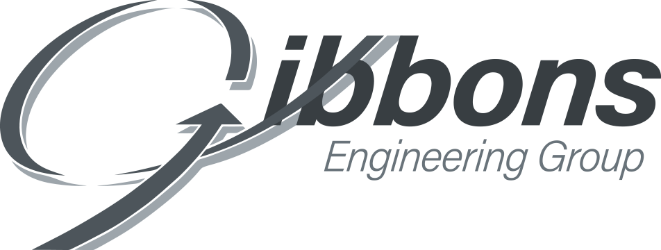Project Description
Project Overview
The Gibbons HVAC team was tasked with upgrading and maintaining the HVAC system in a high-profile London court building, focusing on Air Handling Units (AHUs) and a fan gearbox on the roof. The project involved replacing AHUs in the probation area and the main plant room, as well as refurbishing a gearbox for fan no.4. Here’s a detailed account of the approach, execution, and outcomes.
Phase 1: AHU 3 Replacement
The project commenced with the replacement of AHU 3, the smallest unit serving the probation area. The steps involved were:
Isolation and Disconnection:
- We started by electrically isolating and disconnecting the power supply.
- The coil was isolated and drained to facilitate safe removal.
Removal of the Old Unit:
- The AHU was unbolted from the ductwork and removed.
- Due to its manageable size, it was lifted and skated out in one piece.
- Some ducting was also removed as it was incompatible with the new, slightly larger unit.
Installation of the New Unit:
- The new AHU was positioned on the slab with anti-vibration Tico pads underneath.
- Given its longer length, a support foot was fabricated to stabilize the overhanging part.
- New duct connections were made and fitted.
- The old pipework was cut back, and new connections were made to the new coil. This involved a pipe freeze to fit new isolation valves due to the absence of dedicated isolation valves.
- A new Danfoss 3-way valve and actuator were installed.
Final Connections and Testing:
- New cabling was run and connected to the fan.
- The unit was tested and operated perfectly without issues.
Phase 2: AHU 1 and AHU 2 Replacement
Following the successful installation of AHU 3, we proceeded to replace AHU 1 and AHU 2 in the main plant room. These steps were:
Removal of AHU 1:
- Similar to AHU 3, the electrical and water connections were isolated and disconnected, requiring a pipe freeze for new isolator valves.
- Due to its larger size (approximately 4 meters long), the unit was cut into manageable pieces for removal.
- The old unit was scrapped on-site.
Installation of the New AHU 1:
- The new unit arrived in four sections, designed to fit through the plant room doors.
- Each section was positioned on the concrete slab, aligned for proper ductwork fitting.
- The sections were sealed with special foam and bolted together to ensure an airtight seal.
Replacement of AHU 2:
- The process mirrored that of AHU 1, with the old unit cut up and removed.
- New sections were installed and bolted together.
Final Connections and Testing:
- New duct and pipe connections were made to the coils.
- Electrical connections were completed, and the fans were tested, confirming flawless operation.
Phase 3: Fan No. 4 Gearbox Refurbishment
The final phase involved refurbishing the gearbox for fan no. 4 on the roof. The key steps were:
Preparation and Inspection:
- Arriving on site at 8 am, we signed in at security, received PTW and access passes, and proceeded to the Engie office for briefing.
- On the roof, scaffolders had erected a lifting frame across the fan to facilitate gearbox removal.
Gearbox Removal:
- The gearbox was drained of oil and the impeller unbolted for better access.
- It was discovered that the key from the gearbox end of the prop shaft had fallen out, causing damage to the gearbox shaft and coupling.
- The gearbox was unbolted, lifted out, and moved to the access hatch for removal.
Installation of Refurbished Gearbox:
- The refurbished gearbox was lifted into place using the lifting frame and bolted down.
- Oil lines were reattached, and the impeller was rebuilt.
- Due to the damaged coupling, the prop shaft was left off pending the arrival of a new coupling from the USA.
Conclusion
The failure to install a new coupling during the previous refurbishment led to wear and the eventual loosening of the key, causing significant damage to the gearbox shaft and coupling. A refurbished gearbox was successfully installed, and a new coupling has been ordered to complete the repair. The project demonstrated meticulous planning and execution, ensuring all HVAC units and components operated efficiently and reliably.






